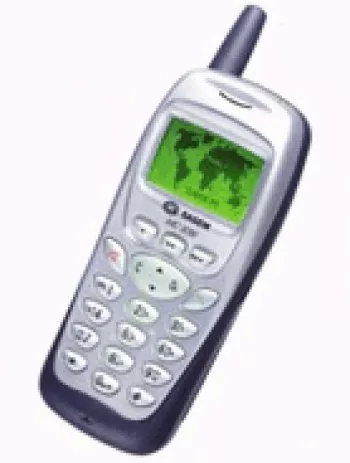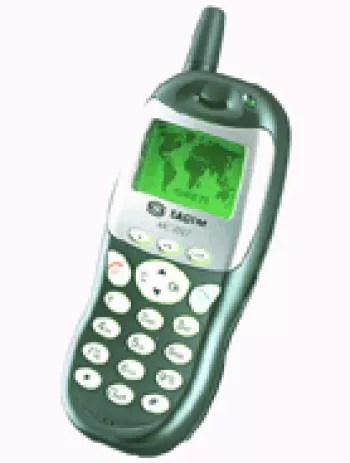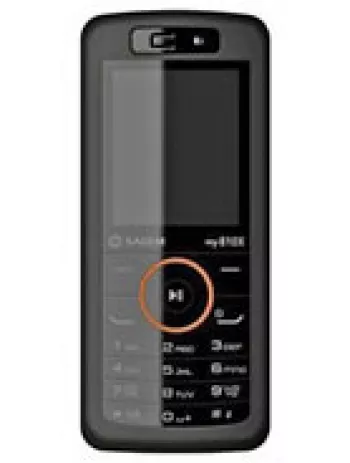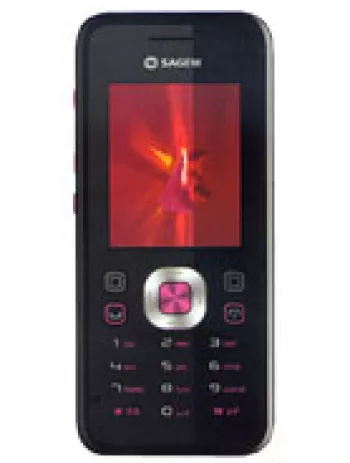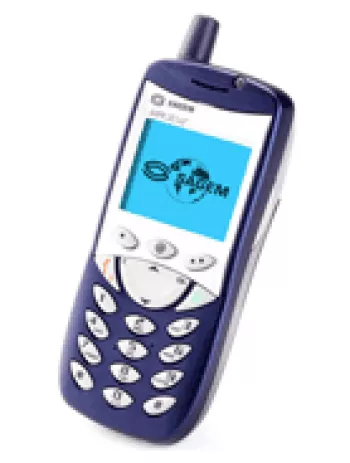
Overview of Sagem MW 3042
Released in 2001, the Sagem MW 3042 was a feature phone known for its simplicity and reliability. The device was part of the early 2000s mobile phone era, where functionality often outweighed aesthetics. With a straightforward user interface and basic functionality, it served the essential needs of communication and some light entertainment.
Design and Build
The Sagem MW 3042 featured a compact design with dimensions of 105 x 45 x 18 mm and a weight of 97 g, making it quite lightweight and portable for its time. The phone was crafted to fit comfortably in the palm, with a solid but minimalistic build quality. It used a Mini-SIM, which was the standard at the time.
Display
The MW 3042 came with a monochrome graphic display capable of showing up to 8 lines of text. This type of display was common in the early 2000s and provided adequate readability under various lighting conditions, though it was not the most visually appealing by today's standards.
Network
The device operated on GSM technology and supported 2G bands (GSM 900 / 1800). However, it lacked GPRS and EDGE support, which limited its internet connectivity options significantly compared to modern standards. The MW 3042 was essentially for basic telephony rather than data-heavy applications.
Memory and Storage
Storage-wise, the Sagem MW 3042 did not offer a card slot for expanded storage, reflecting the limited needs of mobile devices at the time. It had a phonebook capacity for storing up to 100 contacts, which was usually sufficient for average users. Additionally, it could log 10 dialed, 10 received, and 10 missed calls, allowing users to keep a basic call history.
Battery Life
The phone was powered by a removable NiMH battery with a capacity of 650mAh. Despite its small size, the battery life was quite impressive, offering a standby time of up to 207 hours and a talk time of approximately 3 hours and 45 minutes. This longevity was partly due to the low power consumption of its features, especially the monochrome display.
Sound and Alerts
The Sagem MW 3042 had a loudspeaker and supported vibrating alert types. Users could download monophonic ringtones, which was a popular feature back then. However, it lacked a 3.5mm audio jack, which means headphones or additional audio accessories were not supported.
Communications and Connectivity
In terms of connectivity, the MW 3042 was quite basic, not supporting modern features such as WLAN, Bluetooth, or GPS. It did not include a radio or USB port, reflecting the device's focus on basic mobile telephony rather than multimedia or data connectivity.
Additional Features
The device included basic features suited for everyday tasks. It supported SMS messaging and had a WAP 1.1 browser, although the browsing capabilities were very limited. Additionally, it included a clock, alarm functionality, and three built-in games, providing some entertainment options to users. The MW 3042 did not support Java, limiting its ability to run additional applications.
Conclusion
The Sagem MW 3042 is a testament to the early days of mobile phones, where simplicity and functionality were paramount. Although it lacks many features of contemporary smartphones, its reliable performance in basic communication tasks made it a popular choice in its time. The device served as a stepping stone in mobile phone evolution, paving the way for future advancements in technology.
Key Features of Sagem MW 3042
- Compact Dimensions: 105 x 45 x 18 mm, 79 cc
- Lightweight Design: Weighs only 97 g
- GSM Technology Compatible with 900 / 1800 bands
- Monochrome Graphic Display with up to 8 lines
- Phonebook Capacity: Stores up to 100 contacts
- Call Records: Maintains logs for 10 dialed, 10 received, and 10 missed calls
- Includes Loudspeaker and Vibration Alert
- Downloadable Monophonic Ringtones
- WAP 1.1 Browser for Basic Internet Access
- Preloaded with 3 Games
- Reliable Battery Life: 207 hours standby and 3 hours 45 minutes talk time
- Removable NiMH Battery
Disadvantages of Sagem MW 3042
- No GPRS or EDGE support, limiting mobile internet connectivity.
- The device is discontinued, meaning no support or updates are available.
- Monochrome display with a low resolution, providing basic and outdated visual experience.
- No expandable memory card slot, limiting storage capabilities.
- Limited phonebook capacity of only 100 contacts.
- No camera feature, lacking multimedia capabilities.
- No Bluetooth, WLAN, or USB connectivity options, hindering data transfer capabilities.
- No GPS or Radio features, limiting functionality.
- No 3.5mm headphone jack, limiting audio accessory compatibility.
- Basic messaging options limited to SMS only.
- Limited by a removable NiMH battery, which may have a lower lifespan compared to modern batteries.
- Short talk time of 3 hours and 45 minutes.
- No Java support, limiting application capabilities.
View Also
More Phones
All Rights Reserved +13916 Phones © Mobilawy 2025















